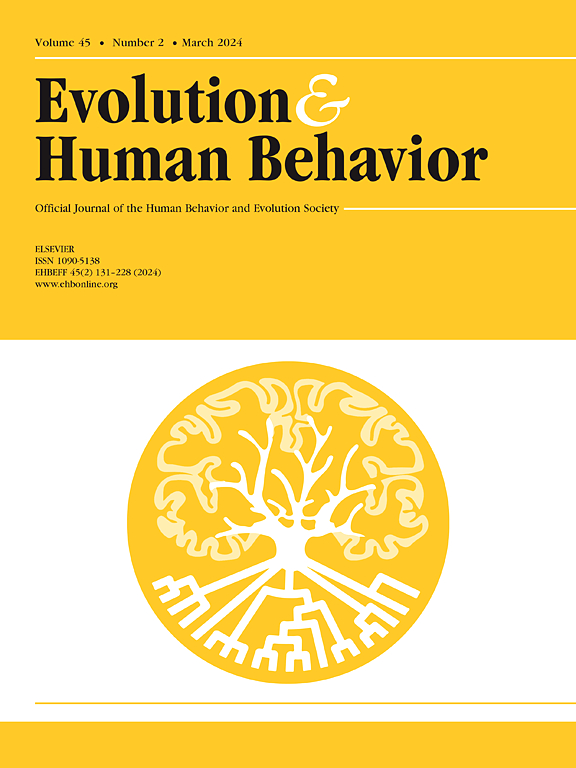Modeling mate choice in a small-scale community: Applying couple simulation in the U.S. and Conambo, Ecuador
Abstract
The near totality of human mate choice research occurs in large-scale, urban, industrial populations. It is unclear to what extent lessons learned from such populations reflect generalizable features of human mating psychology as opposed to localized responses to the demands of these historically unusual environments. Here, we use couple simulation, an agent-based modeling technique, to compare models of mate choice across both a U.S. sample (n = 1678) and a sample of k = 15 couples from Conambo, Ecuador—a relatively remote community of horticultural-foragers in the Ecuadorian Amazon. The Conambo sample provides a unique opportunity to evaluate models of mate choice in that (1) this sample represents approximately 50% of the households within this community and (2) all of the participants in this sample are acquainted with one another. Participants in Conambo completed a ranking task in which each participant ranked each opposite-sex adult in the community in terms of their quality as a spouse. We used these rankings to simulate the mating market in Conambo under alternative models of mate choice. We find that these models are able to reproduce Conambo marriages at a high degree of accuracy and perform comparably across both the Conambo sample and U.S. samples. Specifically, the resource allocation model performs best in reproducing mate choices in both the U.S. and Conambo samples. These results suggest that at least some aspects of human mating psychology generalize across both large-scale industrialized and small-scale populations.

 求助内容:
求助内容: 应助结果提醒方式:
应助结果提醒方式:


